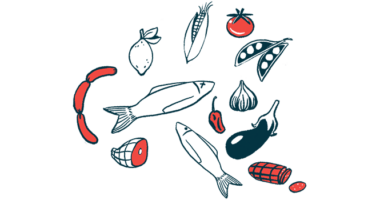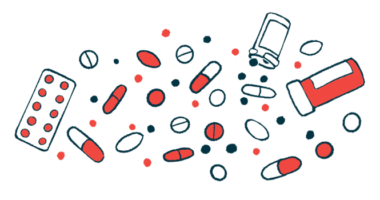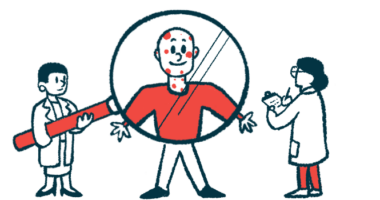Grief comes in waves and reminds me of the start of a long journey
I remember the 10th anniversary of my late daughter's first seizure

My mind has been filled with memories of my 9-year-old daughter, Austen, since she passed away from complications of Dravet syndrome 16 months ago. Some days, it’s all I can do to think of anything else besides the constant flood of moments with her that my mind wants to relive.
But memories are a fickle thing. Some play in our minds like photos in a slideshow or videos from old family movies. Others are buried deeper down inside: The images are still there, but they aren’t always the first part of the memory that presents itself. Sometimes, memories come as a feeling, a deep wave of emotion, and you don’t know their immediate cause. Sometimes it’s not until later that those images show themselves as the reason for the intense emotions you’re feeling.
Grief can also come in waves. That’s what I’ve been told since the day Austen passed. And it’s true; sometimes I’m almost fine and can go days without crying. Other times, the grief hits like a brick wall, and I can’t move past it or around it. I just have to sit with it and wait for the gates to slowly open and let me through.
Hitting a wall
I hit a brick wall several days ago, when everything I saw reminded me of Austen.
I was trying to spend a nice day with her siblings, letting them pick out items to add to their Christmas lists. But all I could think about was how Austen should’ve been there, and I found myself tearing up in the store.
I thought at first that this wave of emotion was because the store was one of Austen’s favorites, and that we’d been there the day she died. As the day went on, the brick wall of grief didn’t give way, but instead grew stronger.
The answer came that evening when I looked at my Facebook Memories: It was the 10th anniversary of the first time a code blue was called for Austen; the first time I was told they didn’t know if she would make it.
For a long time, that night was the worst night of my life. She’d had her first seizure less than 48 hours before, and another that day in the grocery store. I wanted to keep her home, but her pediatrician told me he thought she needed to be admitted to the hospital. I’m so glad he listened to his gut.
I remember the doctor rushing in with the nurses close behind, the man who had been my own pediatrician yelling orders and taking charge to try to save my child’s life. In the chaos, I remember being pulled into the hallway, calling my dad’s work, and asking that he call me. I was 26, but I still needed my daddy.
That night, Austen’s pediatrician took me aside and prayed with me before they loaded her onto an ambulance that would carry us to the care flight waiting to take her to a bigger hospital. It was the start of our long journey with Dravet syndrome, but it would be several months before we suspected it was the cause of Austen’s seizures.
Ten years does not seem like a lifetime ago, but when it comes to Austen, it is more than a lifetime. We had many hard days after that first set of seizures. But we also had many happy times. Austen lived a full life, despite the challenges that Dravet syndrome presented to her. She laughed, she loved, she sang, she learned to read.
I’ve never forgotten the fear I felt that night, though. Through good times and bad, it lurked in the shadows, always there in the back of my brain.
Big emotions like grief and fear leave imprints on you. The fear didn’t leave me when Austen did; it just moved over to allow grief to take a seat alongside it. I’ll carry them with me for the rest of my own life, but I’ll carry her with me, too.
Note: Dravet Syndrome News is strictly a news and information website about the disease. It does not provide medical advice, diagnosis, or treatment. This content is not intended to be a substitute for professional medical advice, diagnosis, or treatment. Always seek the advice of your physician or other qualified health provider with any questions you may have regarding a medical condition. Never disregard professional medical advice or delay in seeking it because of something you have read on this website. The opinions expressed in this column are not those of Dravet Syndrome News or its parent company, Bionews, and are intended to spark discussion about issues pertaining to Dravet syndrome.









Leave a comment
Fill in the required fields to post. Your email address will not be published.